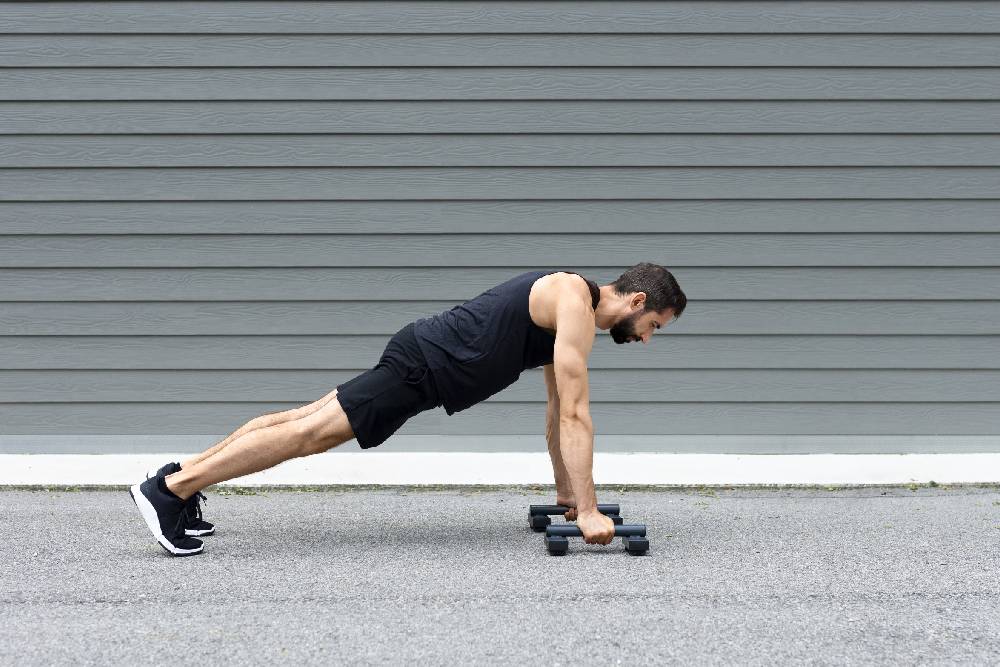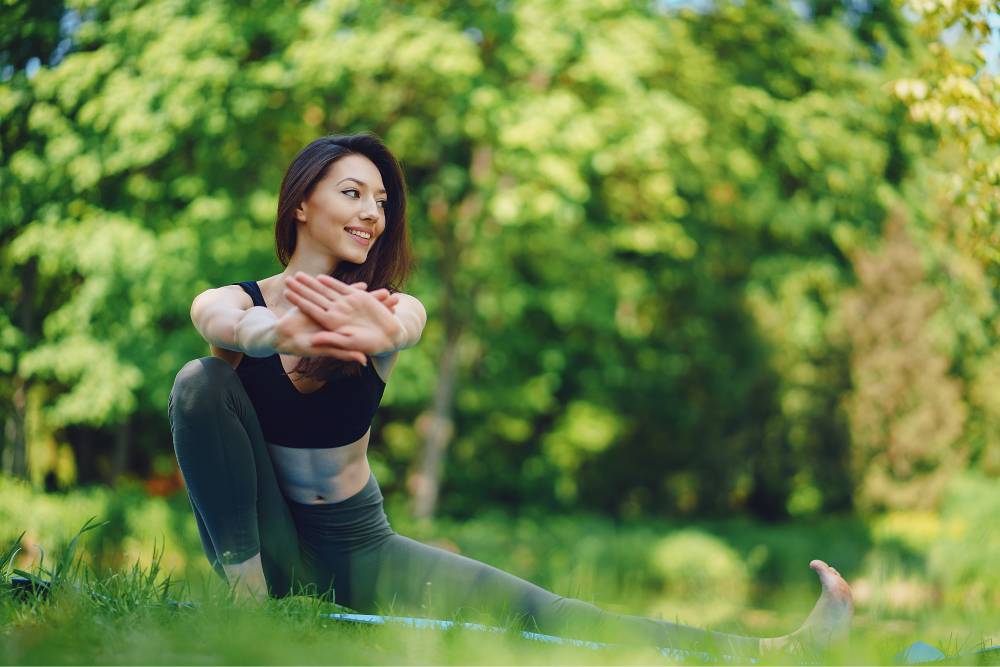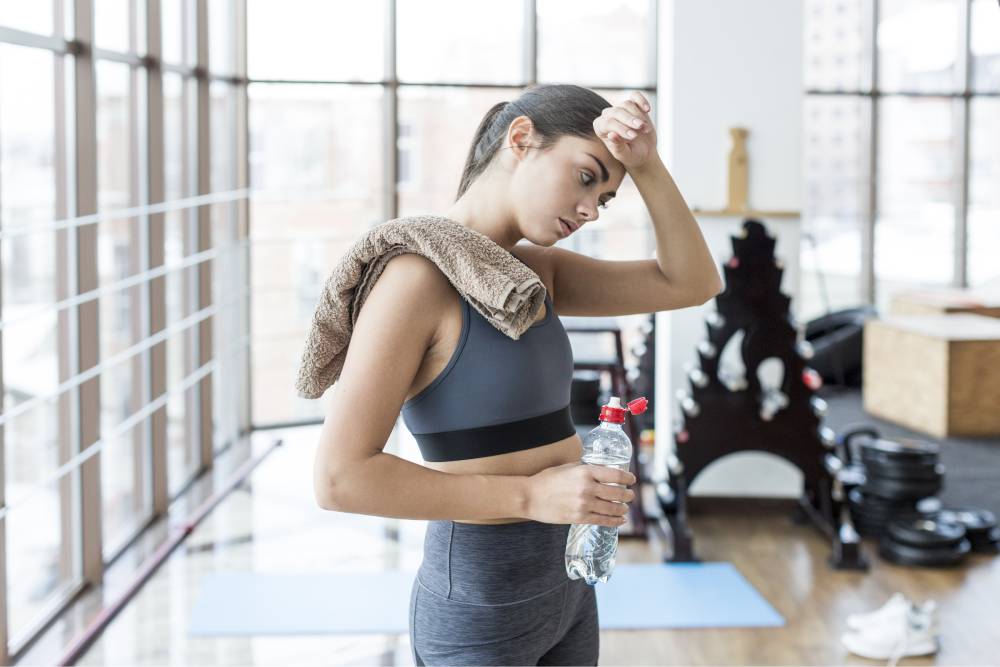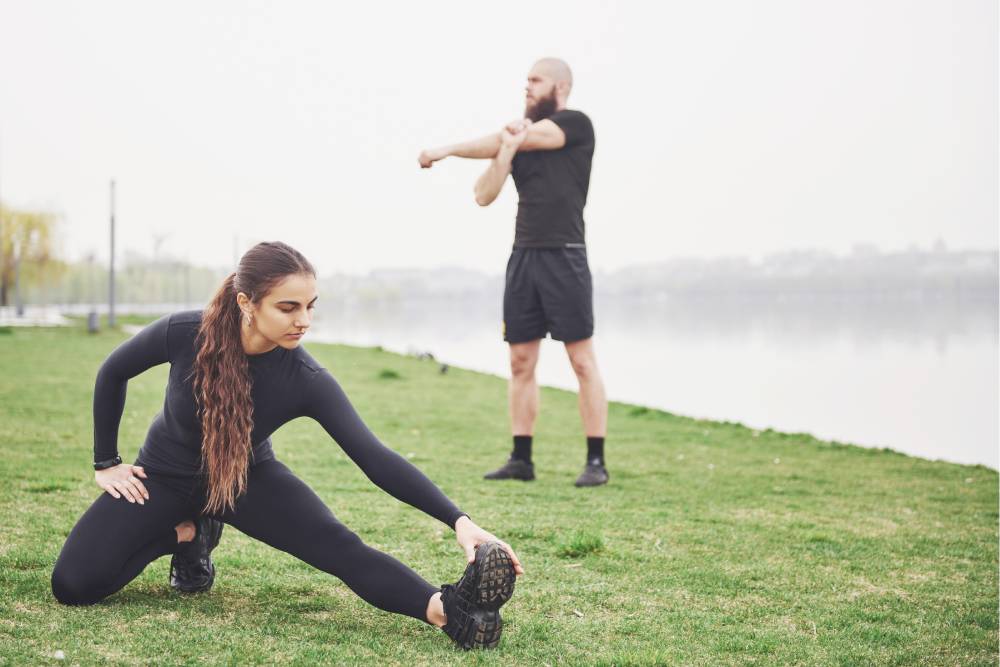Building strong and powerful legs is not only essential for aesthetic purposes but also for overall strength, stability, and functional movement. Your lower body plays a crucial role in everyday activities such as walking, running, climbing stairs, and lifting objects. By incorporating effective lower body exercises into your workout routine, you can develop stronger legs and improve your overall fitness. Here are some key exercises that target the lower body muscles and promote lower body strength:
Squats:
Squats are a fundamental lower body exercise that engages multiple muscle groups, including the quadriceps, hamstrings, glutes, and calves. They help develop leg strength and power while also working the core. To perform a squat, stand with your feet shoulder-width apart, lower your hips back and down as if sitting into a chair, and then return to a standing position. Focus on maintaining proper form and depth throughout the movement.
Lunges:
Lunges are excellent for targeting the quadriceps, hamstrings, glutes, and calves, as well as improving balance and stability. Start by standing with your feet hip-width apart, take a step forward with one leg, lower your body until both knees are at a 90-degree angle, and then push back up to the starting position. Repeat with the other leg. You can perform forward lunges, reverse lunges, or walking lunges to add variety to your routine.
Deadlifts:
Deadlifts primarily target the hamstrings, glutes, and lower back, but they also engage the quadriceps and calves. This compound exercise is highly effective for building overall lower body strength. Begin with your feet shoulder-width apart, grip a barbell or dumbbells with an overhand or mixed grip, hinge at the hips while maintaining a flat back, and lower the weight to just below knee level before returning to a standing position. Ensure that you maintain proper form and engage your core throughout the movement.
Step-Ups:
Step-ups are a functional exercise that targets the quadriceps, glutes, and calves while improving balance and coordination. Find a sturdy platform or step, place one foot on top, and drive through the heel to lift your body up onto the step. Lower yourself back down, and repeat with the other leg. You can increase the difficulty by holding dumbbells or adding a higher step.
Calf Raises:
Calf raises are simple yet effective exercises for strengthening the calf muscles. Stand with your feet hip-width apart, rise up onto your toes as high as possible, and then lower back down. You can perform calf raises on the ground, on a step, or using a calf raise machine at the gym. To increase the intensity, hold dumbbells or use a resistance band.
Glute Bridges:
Glute bridges target the glutes, hamstrings, and lower back, while also activating the core. Lie on your back with your knees bent and feet flat on the ground, raise your hips off the floor until your body forms a straight line from knees to shoulders, and then lower back down. Squeeze your glutes at the top of the movement for maximum activation.
Leg Press:
The leg press machine is an effective exercise for building lower body strength, particularly targeting the quadriceps, hamstrings, and glutes. Sit on the machine with your feet shoulder-width apart on the platform, push the platform away from your body using your legs, and then return to the starting position. Adjust the weight and foot positioning to target different muscle groups.
Plyometric Exercises:
Plyometric exercises, such as box jumps, squat jumps, and lunge jumps, are high-intensity movements that target the lower body muscles while also improving explosive power and athleticism. These exercises involve explosive jumps or movements that require maximal effort in a short amount of time.
Remember to start with weights or resistance that you can handle with proper form and gradually increase the intensity as your strength improves. Incorporating a combination of these exercises into your workout routine, along with proper nutrition and rest, will help you build stronger legs and achieve your fitness goals. Always listen to your body, and consult with a fitness professional if you have any concerns or specific needs.




